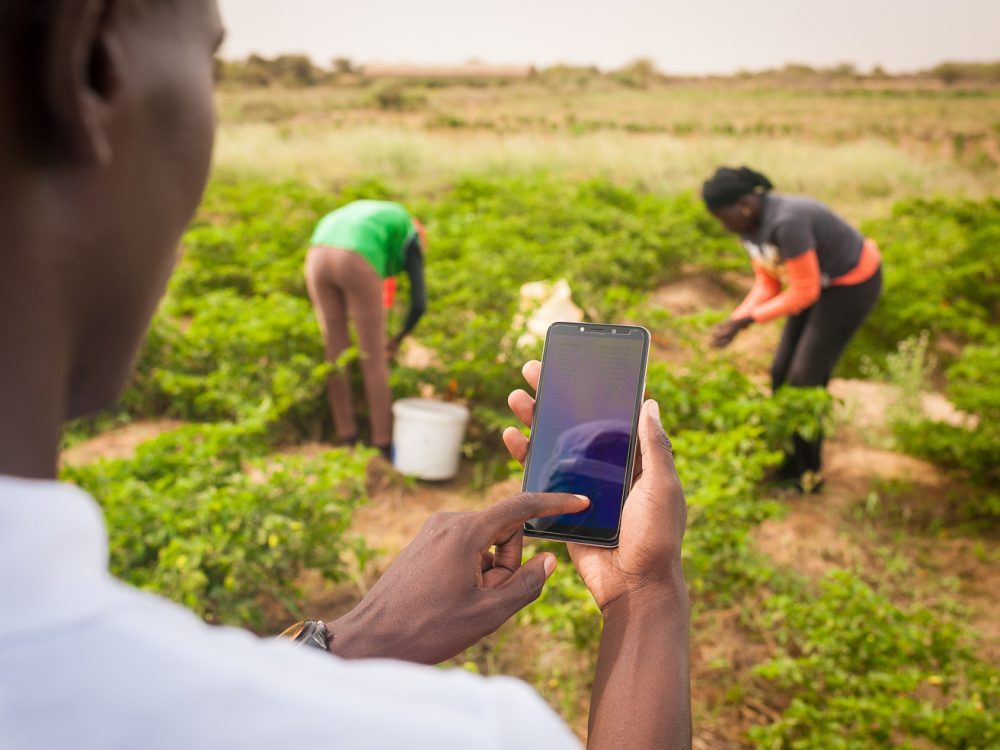We Need a Revolution!
The Independent Expert Advisory Group on the “Data revolution for development” is giving you only a few days to share your views on what a “revolution” should look like. So here’s your chance to be a revolutionary, channel your inner Beatle per the Data Revolution Group, and act quickly because the deadline is October 15th!
Haishan Fu, a member of the group, has outlined three things she wants from the data revolution:
- Data should be an imperative for development
- Official statistics should be transformed, by putting people first and partnering with others
- Open data and continuous innovation should be a part of our culture
Would you agree with her top three? While implicit in some of her recommendations, I feel the need to focus on strengthening both development partners’ and countries’ abilitiy to and know-how of integrating data into planning and decision making. While it seems this would be a natural progress, it may take more determined steps to improve process that have been in place for decades.
Just look at the aid transparency movement itself. The 2014 Aid Transparency Index was launched last week, and while some organizations improved leaps and bounds, others remain dismally behind. Noted during the Q&A of the session by Nigeria’s Minister of Finance Ngozi Okonjo-Iweala was the need for countries to similarly start publishing their budget data.
The recently published brief “From Numbers to Nurses: Why Budget Transparency, Expenditure Monitoring, and Accountability are Vital to the Post-2015 Framework” would echo that sentiment of a need for transparent budgets.
Slides from the event “The Power of Data: Extractives Data Event in Washington” by the Natural Resource Governance Institute highlights some powerful information how open data can help improve and enlighten extractives governance. This data will become increasingly important as climate change alters the balance of resources globally. One area this is already playing out is in China’s limited water resources which are critical to China’s and therefore the world’s food sources, but may soon begin to be diverted to more urban and similarly important industrial sector.
This piece was slightly modified from its original publication on AidData’s The First Tranche.
Share This Post
Related from our library

Introducing The HackCorruption Civic Tech Tools Repository
Introducing the Civic Tech Tools Repository: an open-source hub of digital solutions to fight corruption. Designed for growth through GitHub contributions, it brings together tools, code, and resources across six key areas for HackCorruption teams and beyond.

Building a Sustainable Cashew Sector in West Africa Through Data and Collaboration
Cashew-IN project came to an end in August 2024 after four years of working with government agencies, producers, traders, processors, and development partners in the five implementing countries to co-create an online tool aimed to inform, support, promote, and strengthen Africa’s cashew industry. This blog outlines some of the key project highlights, including some of the challenges we faced, lessons learned, success stories, and identified opportunities for a more competitive cashew sector in West Africa.

Digital Transformation for Public Value: Development Gateway’s Insights from Agriculture & Open Contracting
In today’s fast-evolving world, governments and public organizations are under more pressure than ever before to deliver efficient, transparent services that align with public expectations. In this blog, we delve into the key concepts behind digital transformation and how it can enhance public value by promoting transparency, informing policy, and supporting evidence-based decision-making.